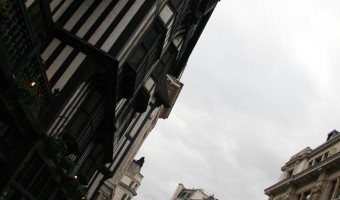Murray's Cabaret Club
In the year preceding World War 1 London saw the opening of its first night club, Murray's Cabaret Club. Later it grew into a minor legend when it provided, at least part of the backdrop, to a scandal that triggered the fall of the British Government. However, the fame and infamy of this Soho hot spot is multi threaded. Although it is now no longer visible today the tales of this establishment are very much part of local legend. Jack May of Chicago and Englishman Ernest A. Cordell originally opened Murray's in late 1913. Its main focus then was to serve as a dance hall for the wealthy enthusiasts of a new dance fad, the tango, that was sweeping the US and Europe. After a few years hosting dances and all sorts of cabaret events, owner Jack May was deported.
He was caught red-handed by the Metropolitan police during some of his more nefarious activities; that of supplying opium to some of the dancers. The ownership of the club then changed hands and this former coach house became the property of nightclub aficionado Percival Murray in 1933 and it took on another direction.


Murray's of the '30s
Soho in the 1930s was a melting pot for plenty of illegal activities most of them shabby and sleazy. The area was a den of vice for gambling activities, clip joints, ‘out-of-hours’ drinking and prostitution - but Murrays was vastly different. Under Percival ‘Pops’ Murray’s guidance the club reopened its doors as an intimate Soho basement in the style of an American Speakeasy but with strictly controlled admission and membership. There was space for 110 guests and a staff of more than 100 - including dancers, show girls, seam-stresses and choreographers.
The net result was a confection of pioneering and imaginative floor shows twice a night. Each show comprised three numbers featuring inventive and elaborate costumes in which (mostly) scantily clad singers and dancers strutted their stuff and mingled with the seated audience. There was no stage as such and the fact that performers performed as they moved from table to table only added to the intimate atmosphere.
The '50s & '60s
Within this intimate underground space Murray's acquired a reputation that vacillated between the racy and the respectable but never dull. Gangsters rubbed shoulders with royalty and the club was a magnet for film stars, royalty, crooners, politicians and film stars. Faces of the day including Princess Margaret, Jean Harlow, Randolph Churchill and the Kray twins who were all members of the club which in its heyday had a membership list of 60,000 of the rich and famous. The added sparkle of the club and extravagant costumes of the dancers and performers provided a much-needed boost to London society in the austerity of post war London.
Percival Murray often boasted that the "crowned heads of Europe" sat at his tables. Some did, but most were from London’s wealthy set. Among those staff members were the yet-to-be famous Christine Keeler and Mandy Rice-Davies who worked as showgirls there and whose job it was to walk ‘topless’ through the tables for entertainment of the crowd. The cabaret (described as a "visual brothel" by one aficionado), was one of the most discreetly risqué establishments in London and a place where the haut- and demi-monde rubbed shoulders and drank vintage Champagne with scantily-clad showgirls and hostesses. Apparently there always was a pervasive atmosphere of sex, but of course – the customers only came for the floorshow. It was here that the clubs best-known showgirls Mandy Rice-Davies met property racketeer Peter Rachman. It was also here that Society osteopath Stephen Ward met Christine Keeler who had joined the club as a showgirl in 1958. Through Ward, Keeler met government Minister John Profumo – and the rest is history.


Scandal & Downfall
Christine Keelers’ simultaneous relationships with both Profumo and Soviet naval attaché (and spy) Yevgeny Ivanov would soon provide the headlines for the national newspapers. It provoked a scandal that ushered in the permissive Sixties and catalysed the downfall of the British Government. The club though its association with the Profumo Affair as it became known was brought it into disrepute. Although it would struggle on; but to paraphrase Bob Dylan “the times were a-changing”. The opening of the Playboy Club and other similarly louche establishments cast Murray’s recipe of sophisticated titillation in a jaded light. Development plans were shelved and ironically the clubs major attraction - the costumes and floorshows – became an extravagant overhead. This overhead was one burden too many and the club closed in 1975.
Sadly, Murray's is now dead and gone and the only mention of this famous club is mostly confined to mentions on TripAdvisor about the premises new residents Byron Burgers. At its zenith in the ‘50s the costumes on show here lit up London’s recovering West End and the story of the club itself is now folklore. Visitors to London today can still visit the old cellar where the club used to be but little remains but the old wooden wall-panelling. Murray's may be dead and buried but search diligently in Soho you can still find its spirit in little pockets of resistance.
 Ghosts of Old Soho
Ghosts of Old Soho

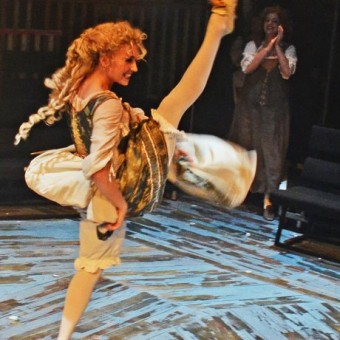
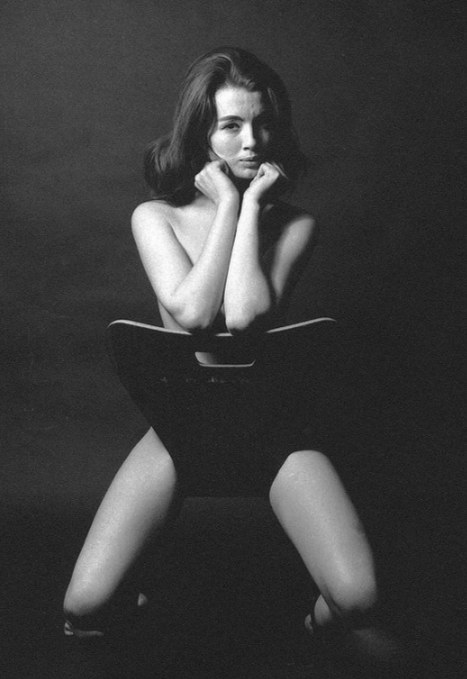
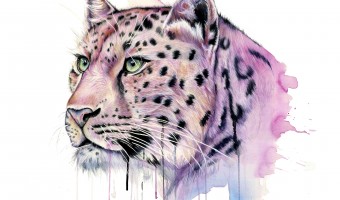
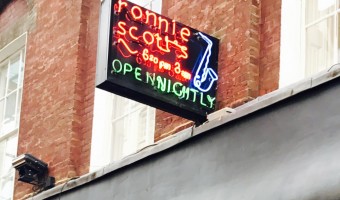
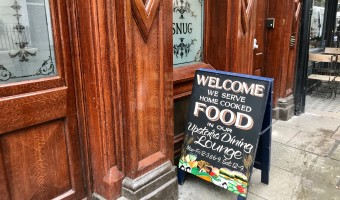
 Load more triptoids
Load more triptoids